For years, Ba Ria - Vung Tau has consistently ranked among the top 10 localities in Vietnam in terms of gross regional domestic product (GRDP) and total state budget revenue. In 2021 alone, the province - home to the country's largest oil reserves - recorded a per capita GRDP of approximately $7,141, comparable to Thailand’s average.
Located in Vietnam’s Southern Key Economic Region, Ba Ria - Vung Tau holds a strategic position as a gateway linking the Southeastern provinces to the East Sea. The province borders Dong Nai to the north, Ho Chi Minh City to the west, Binh Thuan to the east, and the East Sea to the south.
With more than 300 kilometers of coastline, Ba Ria - Vung Tau is blessed with ideal natural conditions for developing coastal tourism and related economic sectors.
Ba Ria - Vung Tau comprises seven mainland administrative units and one island district - Con Dao. Pictured are Vung Tau City, Ba Ria City, and Con Dao District.
Approximately 88 kilometers from Ho Chi Minh City, Vung Tau serves as the economic, financial, cultural, and tourism hub of the province and the broader Southern Key Economic Region.
Over more than three decades of development, the city has grown into one of the leading urban centers in Southeast Vietnam. It is recognized as a national-level integrated city, particularly in the oil and gas and tourism sectors. Notably, Vung Tau ranks among the top cities nationwide in terms of per capita income.
The city remains a popular weekend and holiday destination, bustling with tourists year-round. It also attracts significant investment, with numerous high-end hotels, resorts, and homestays constructed to meet diverse accommodation needs.
Ba Ria - Vung Tau was once designated a special zone. The Vung Tau - Con Dao Special Zone was established in 1979, comprising Vung Tau Town (formerly part of Dong Nai Province), Long Son Commune in Chau Thanh District (Dong Nai), and Con Dao District (then part of Hau Giang Province).
Today, the province is actively striving to become a premier destination for high-quality tourism in both Vietnam and the region. Under its development plan for 2021–2030, with a vision to 2050, the province is focusing on regional spatial development, emphasizing coastal tourism in the Southeast and Con Dao.
Ba Ria - Vung Tau is also one of Vietnam’s largest oil and gas hubs, leading the country in the energy sector. As of 2023, it holds oil reserves of approximately 400 million tons - accounting for 93.29% of Vietnam’s total - and gas reserves exceeding 100 billion cubic meters, representing 16.2% of the national total.
Its GRDP and state budget revenues consistently place it among the top-performing provinces nationwide. In 2021, the province led the country in oil reserves and posted a per capita GRDP of $7,141, on par with Thailand.
The province’s infrastructure continues to be developed and upgraded. One notable landmark is the Co May Bridge - shaped like a seagull in flight - spanning the Co May River along National Highway 51. The bridge connects Ba Ria and Vung Tau cities and stands as a new symbol of the province’s urban landscape.
Major urban centers such as Vung Tau, Ba Ria, and Phu My are receiving infrastructure upgrades, including internal road networks, drainage systems, public lighting, and greenery. Many power and telecom lines are being moved underground.
Ba Ria City serves as the province’s political and administrative center. Its synchronized infrastructure supports key national highways (51, 55, and 56), positioning it as a critical hub for regional transportation.
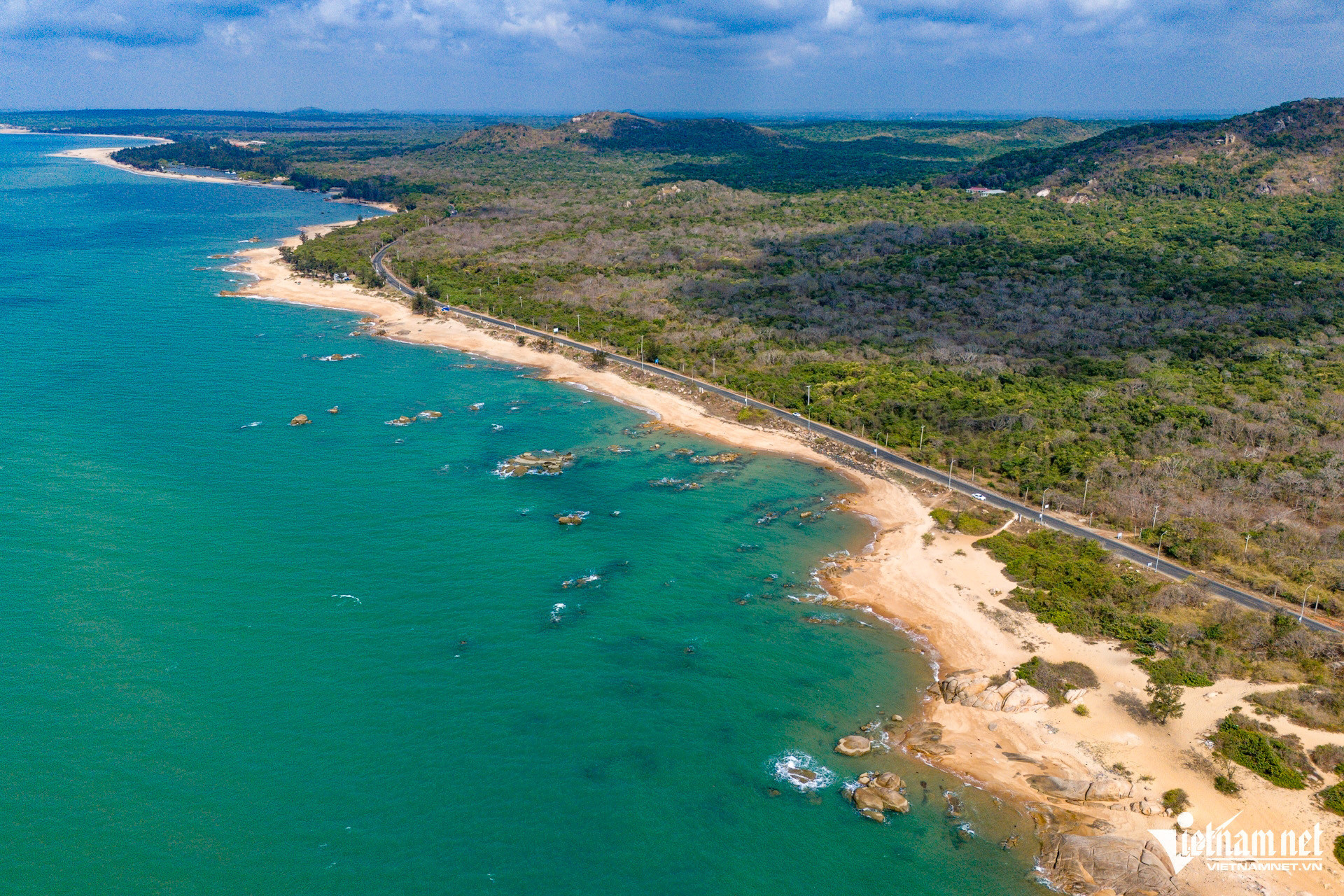

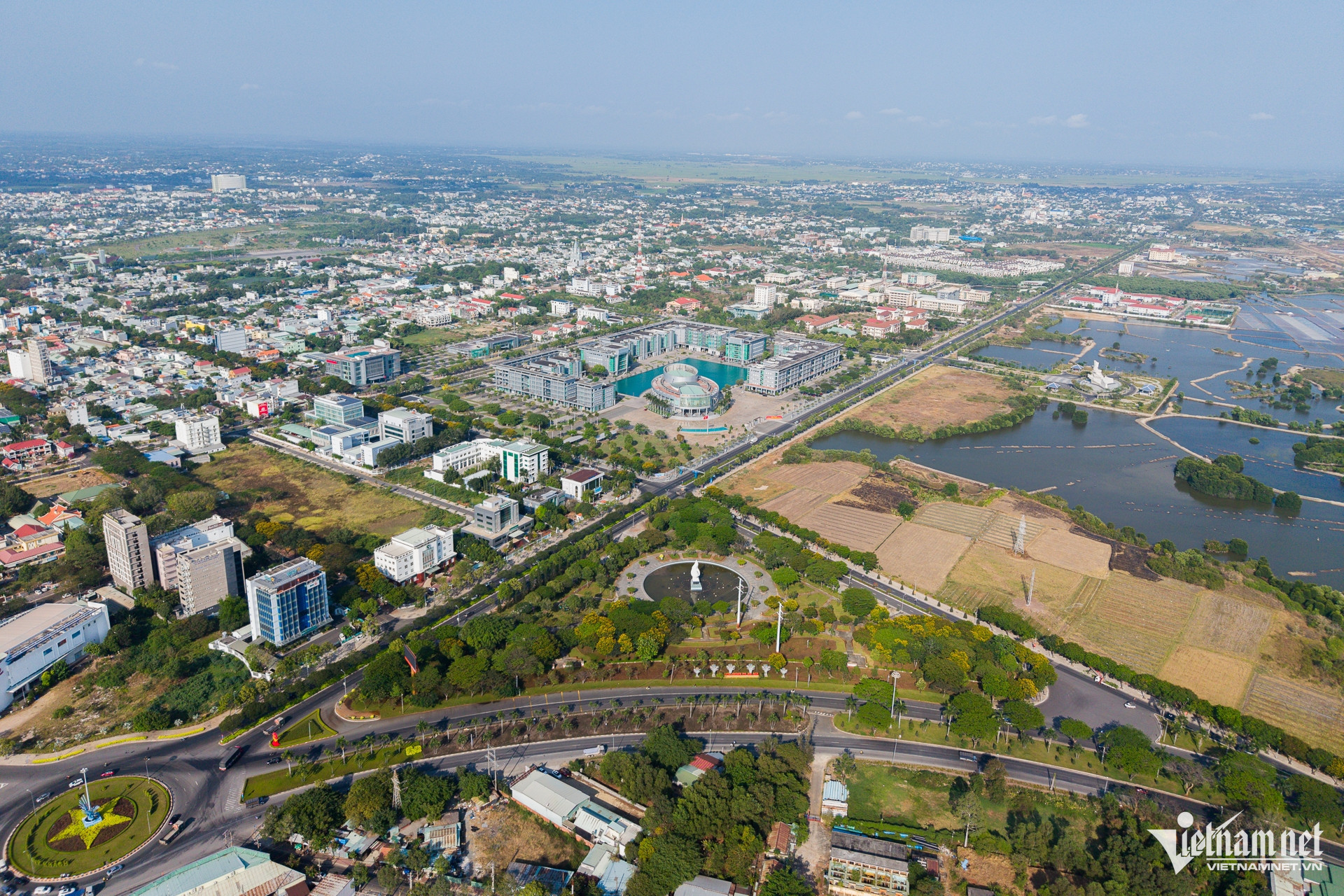


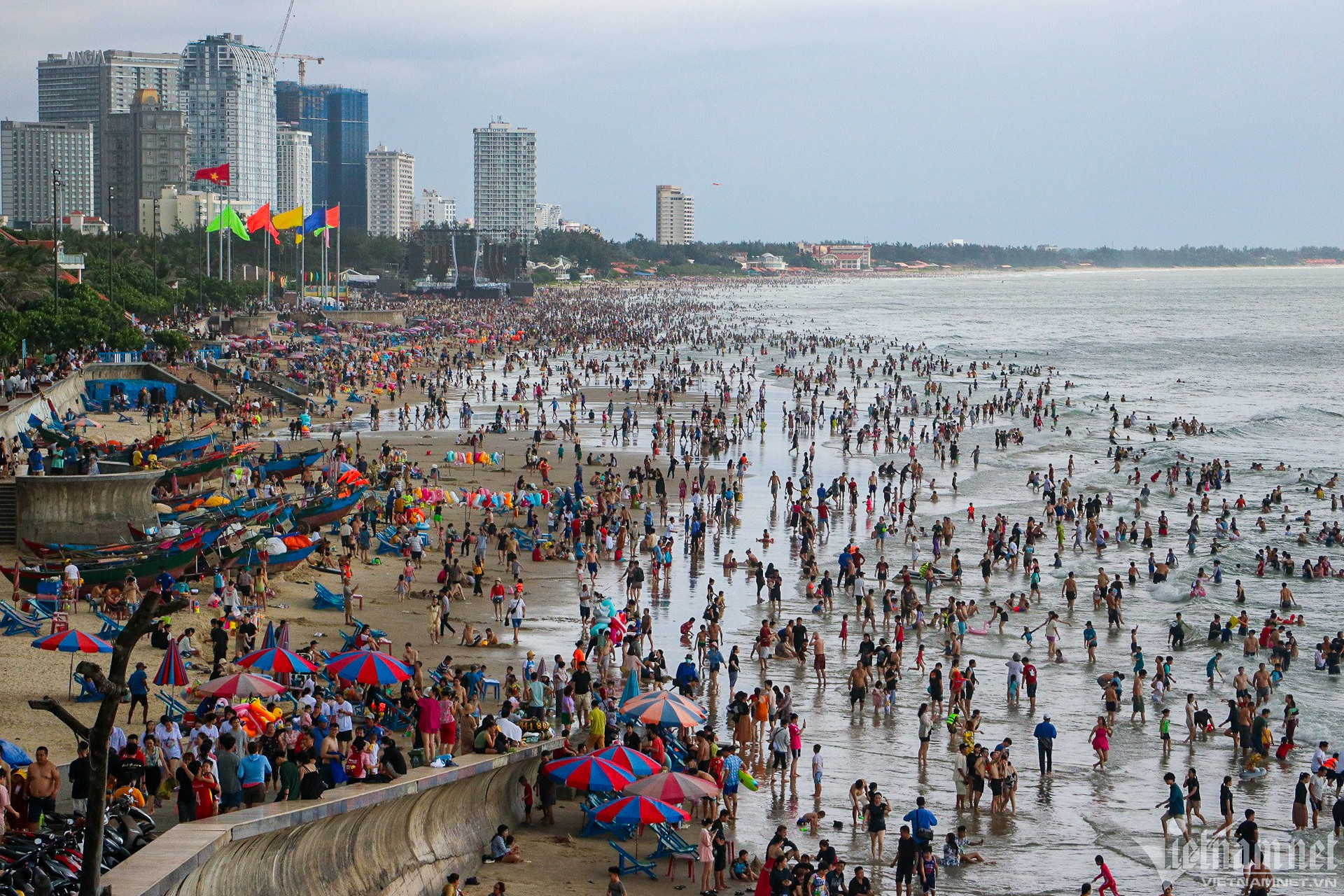

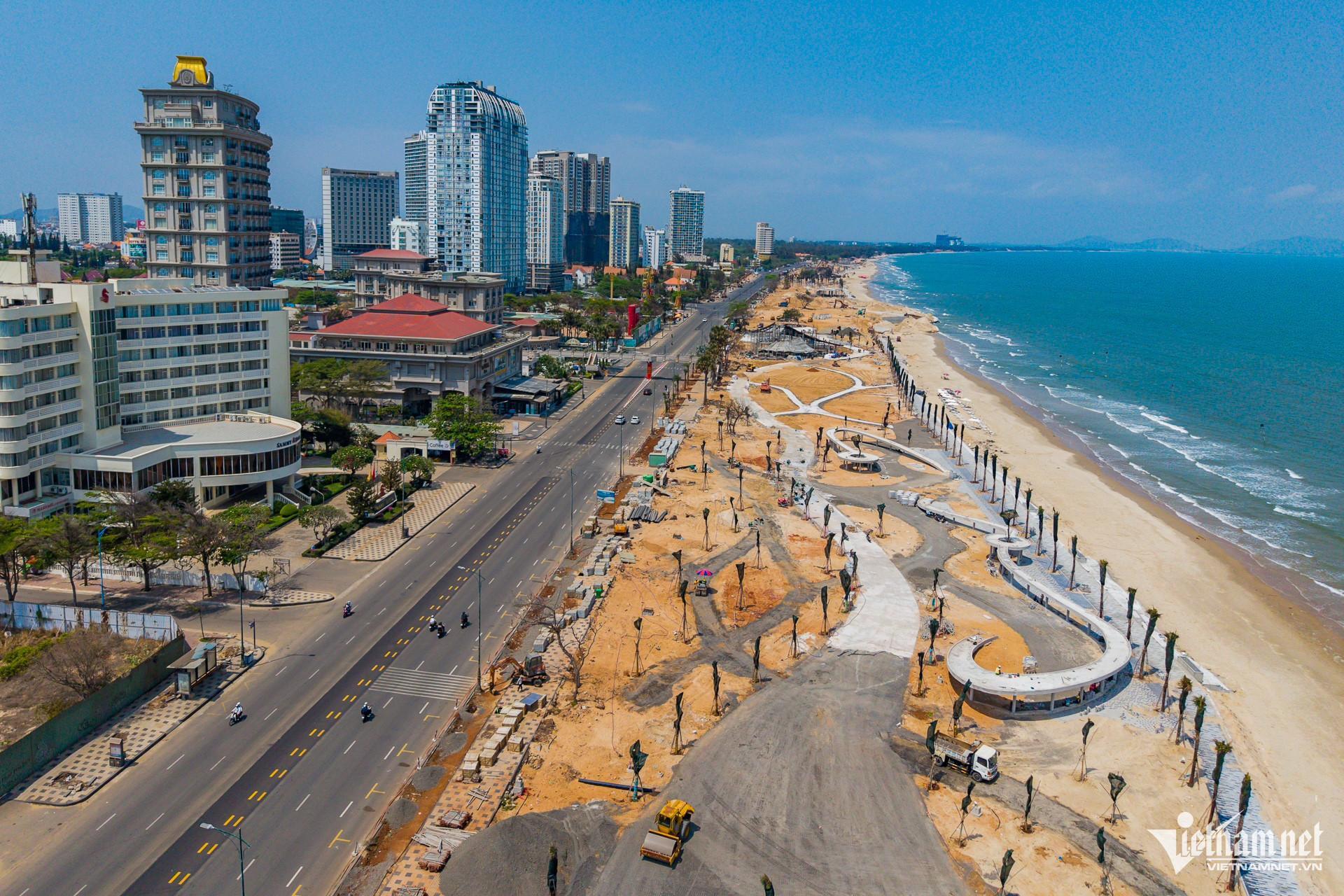


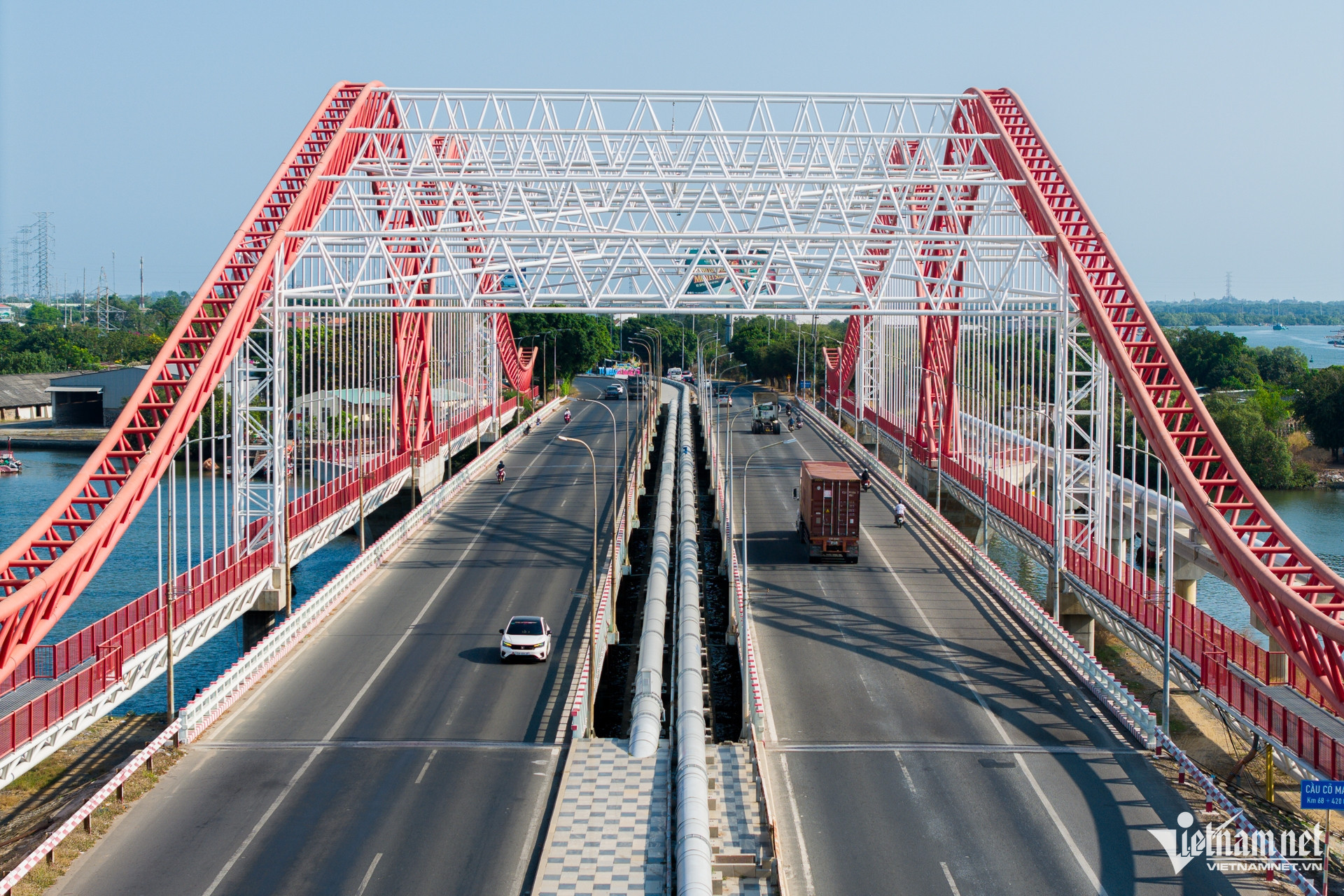
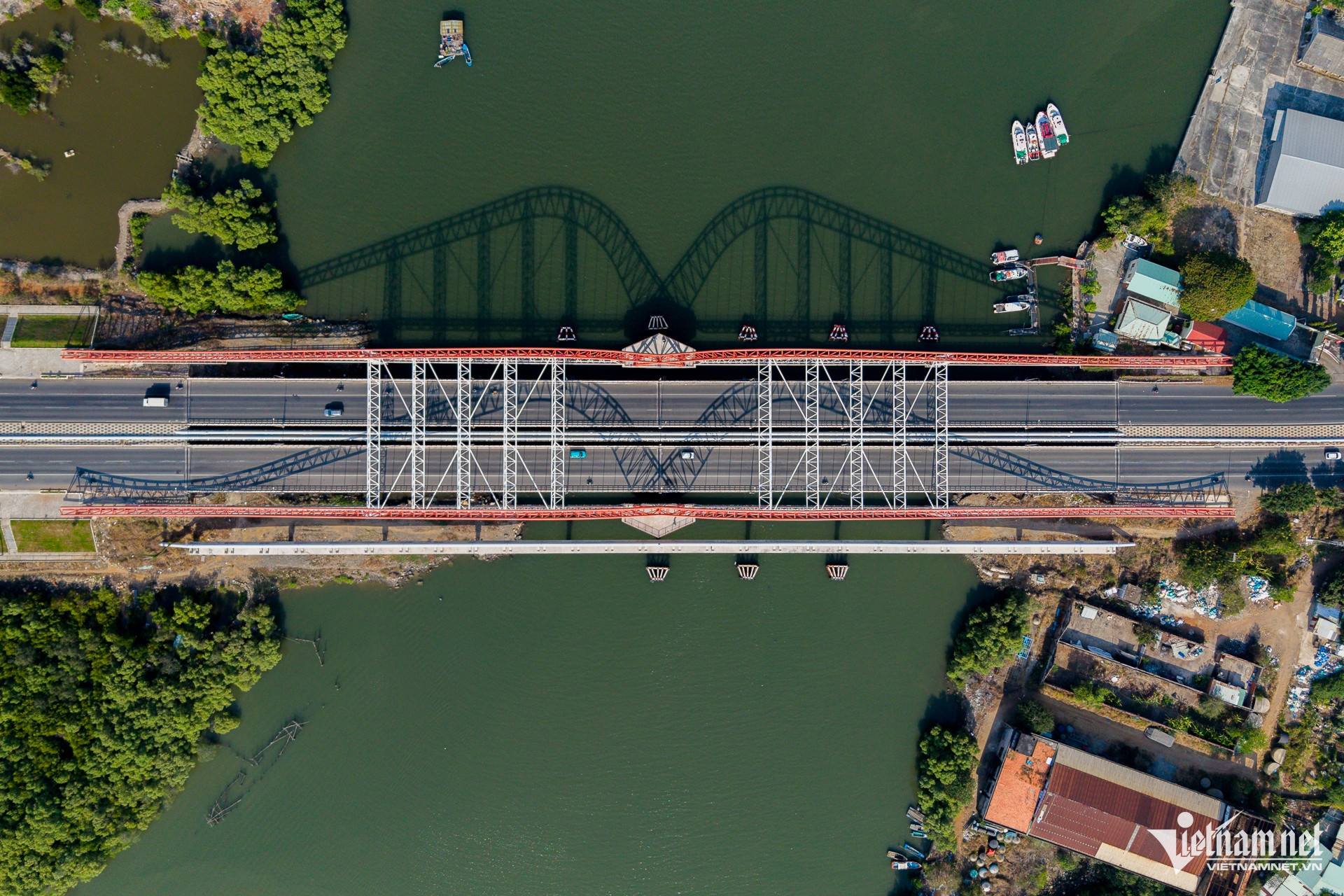
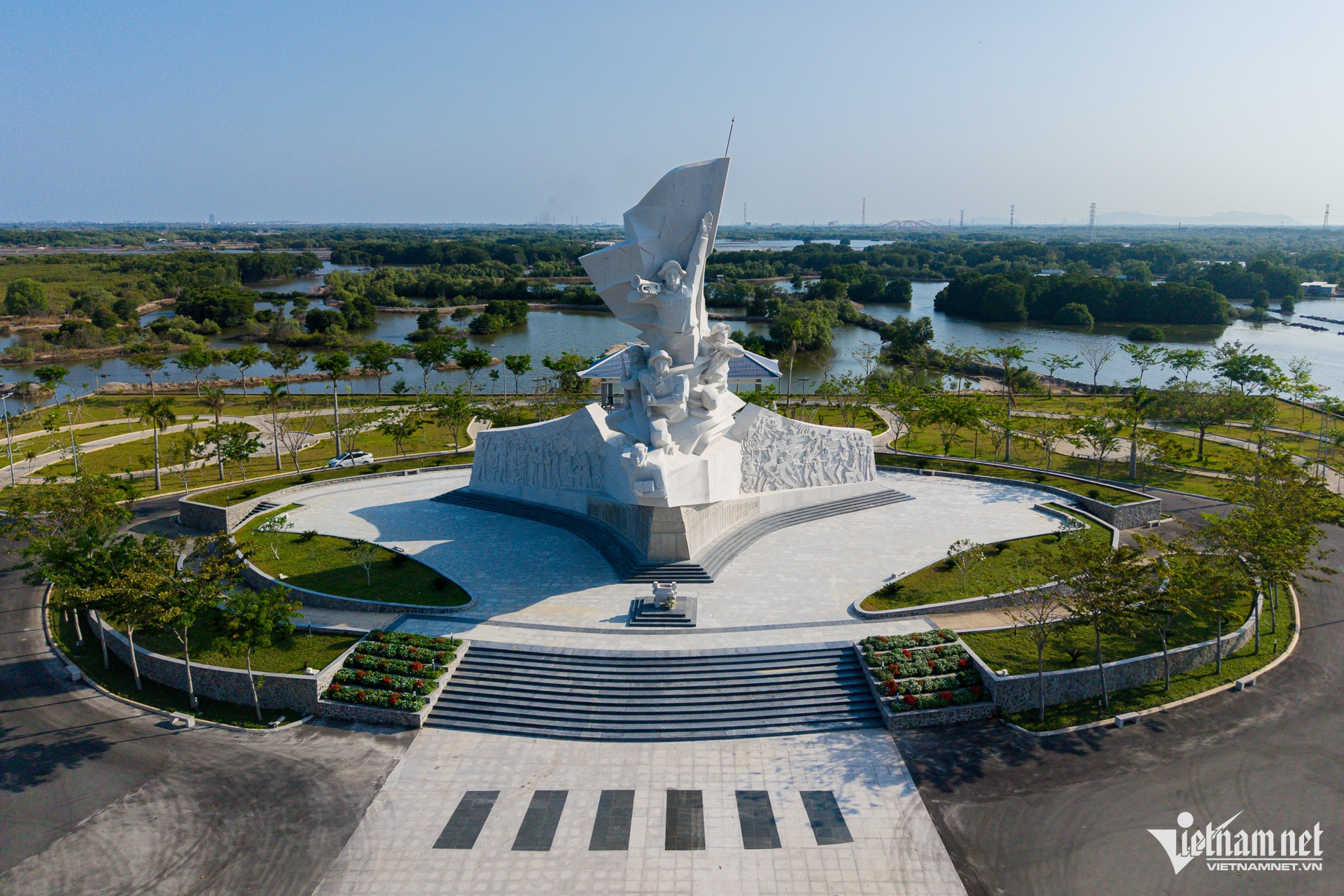

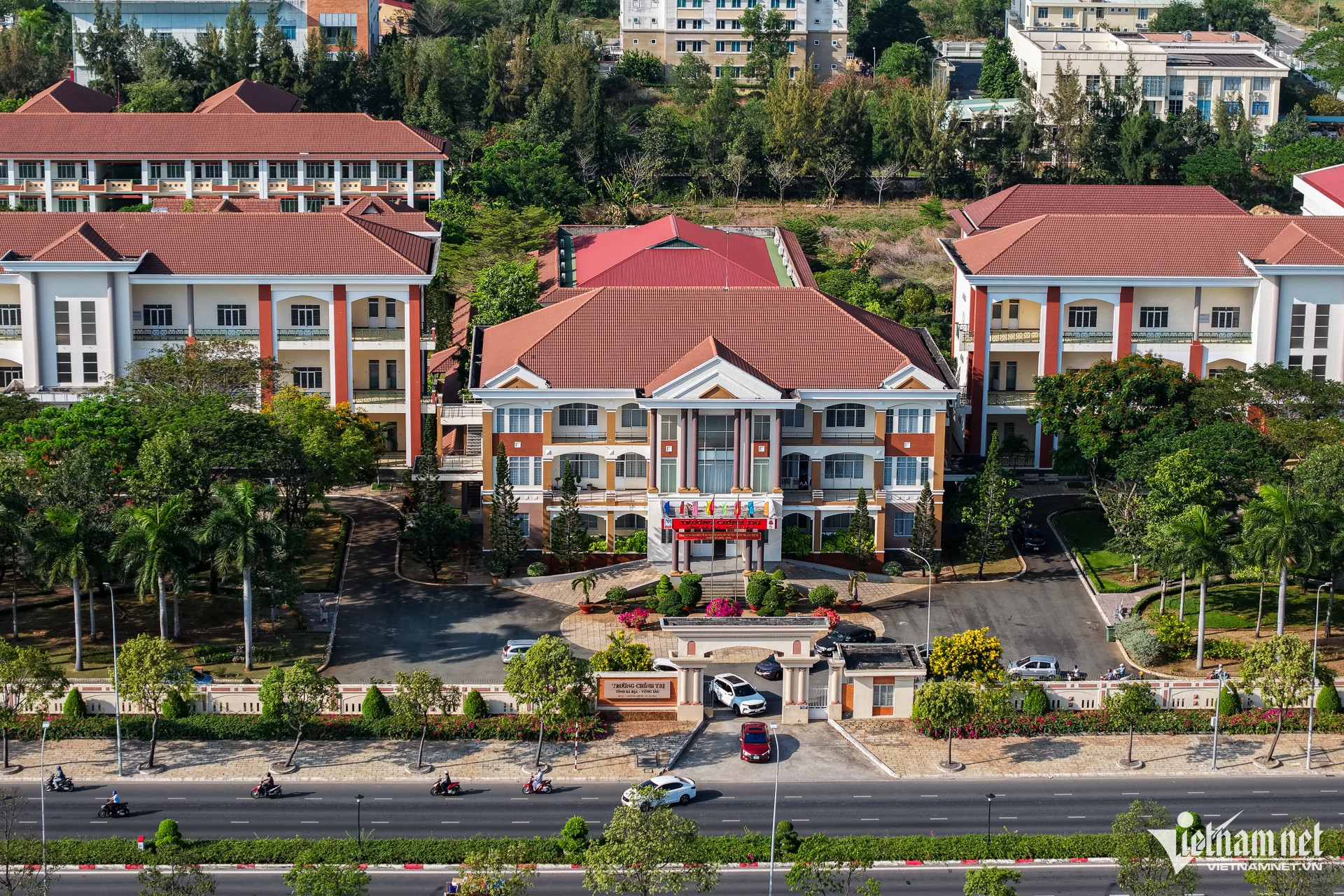
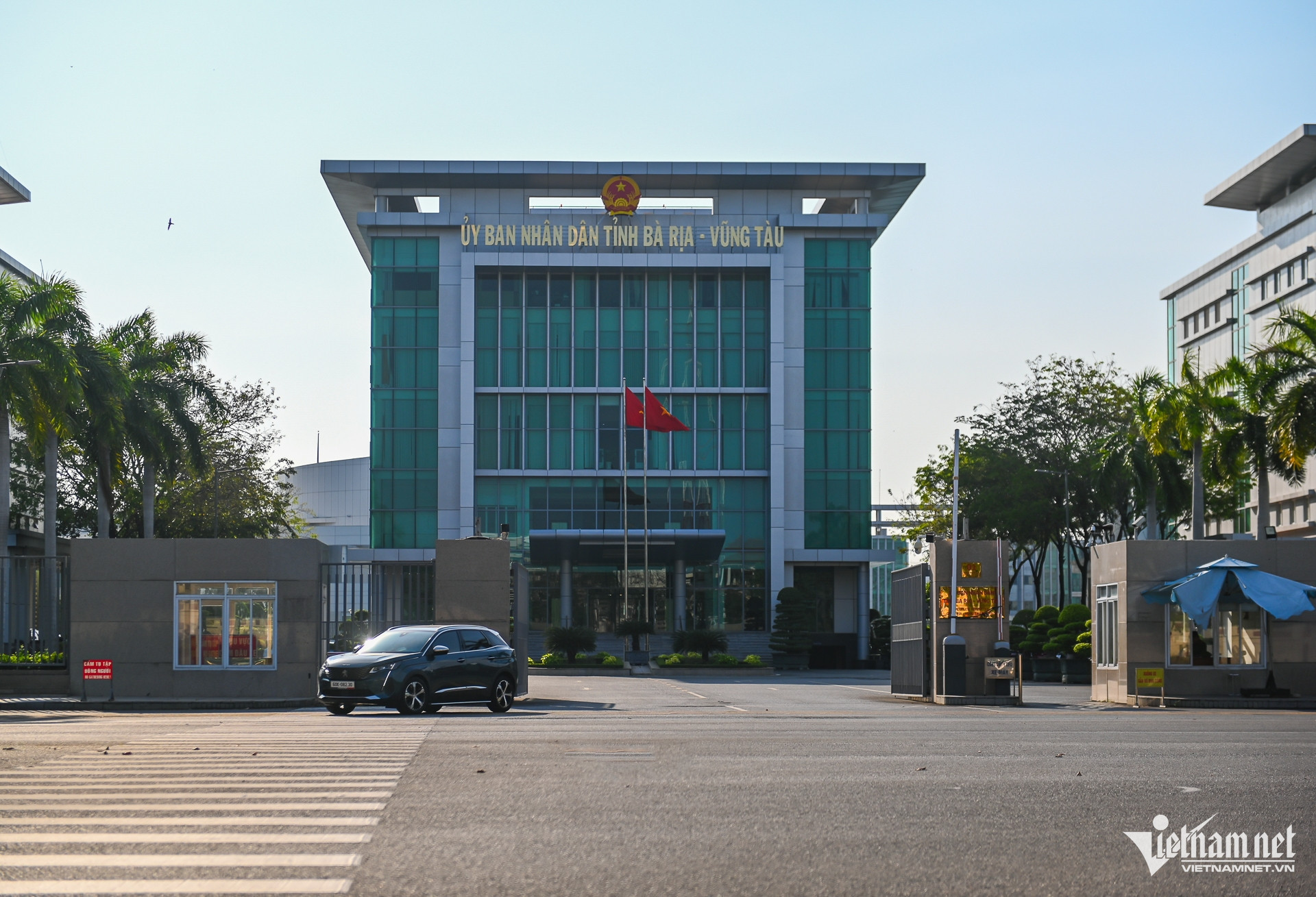
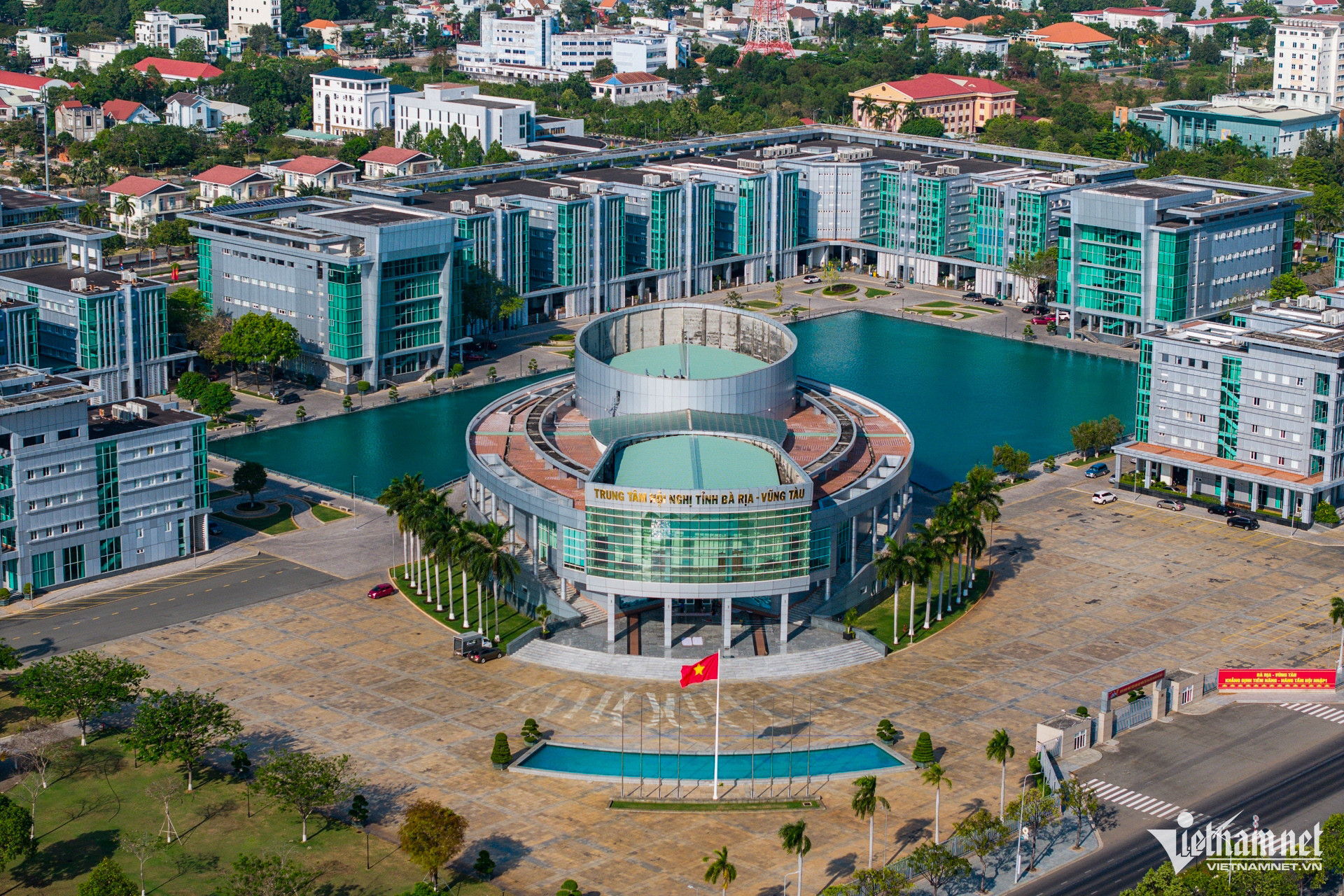
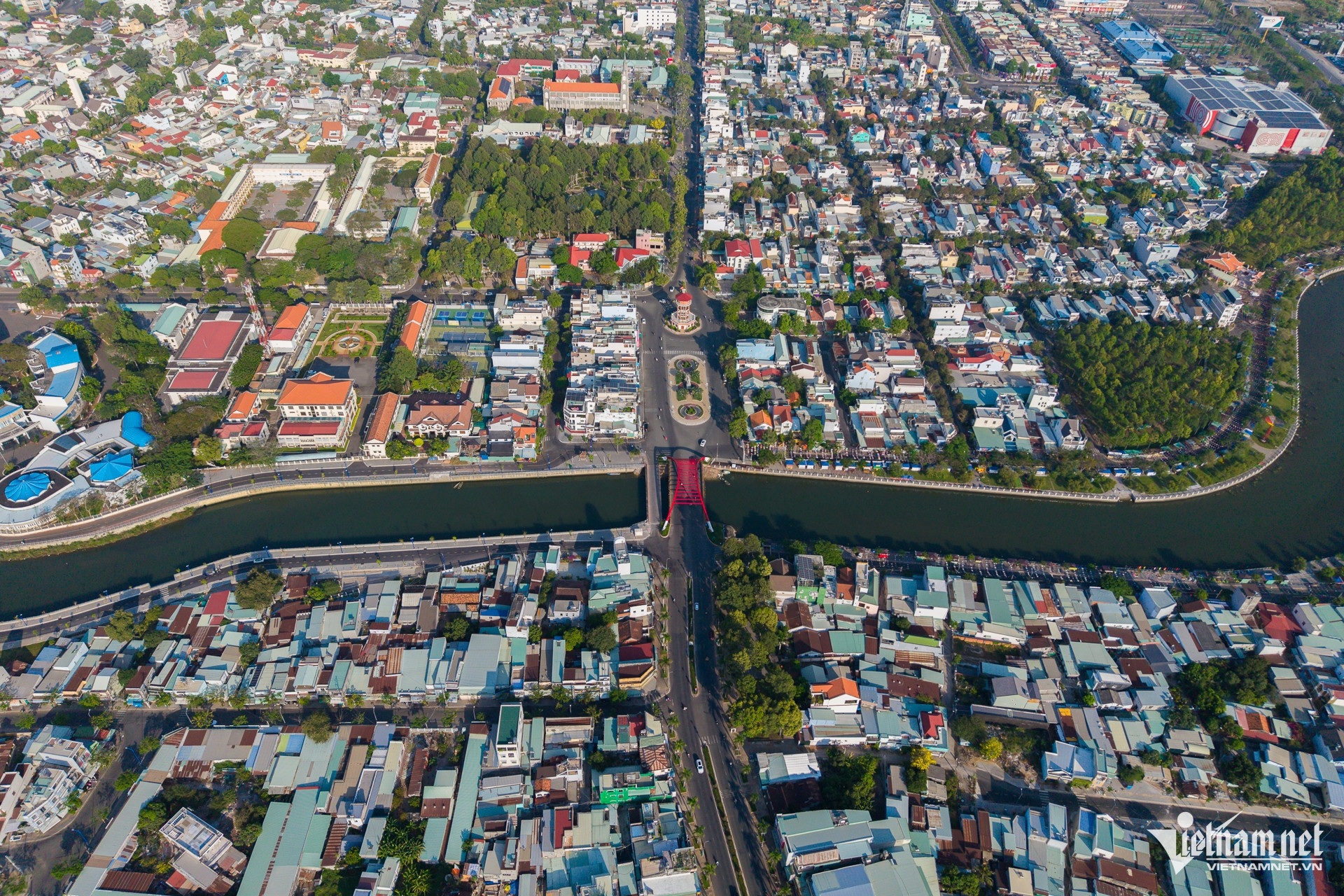
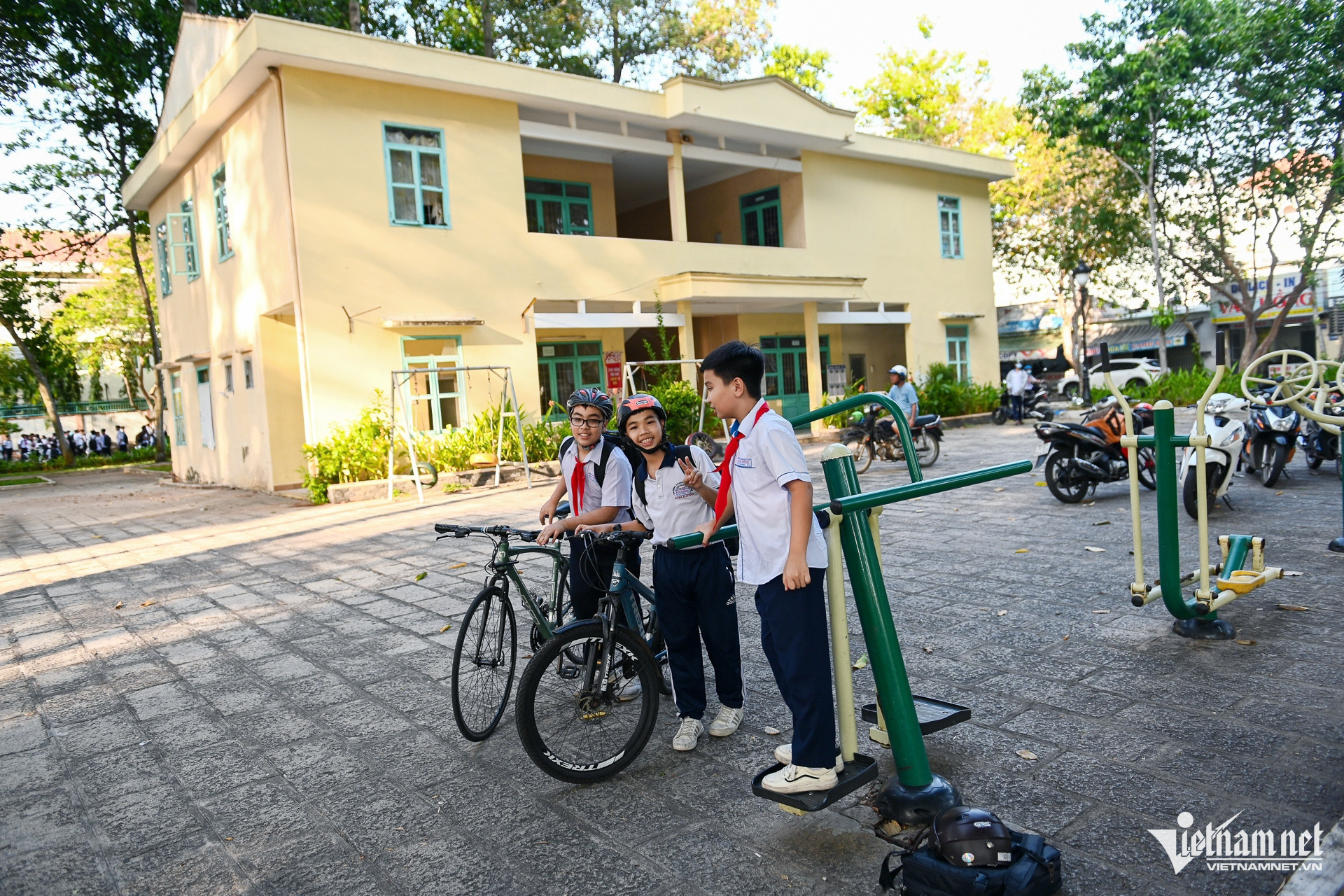
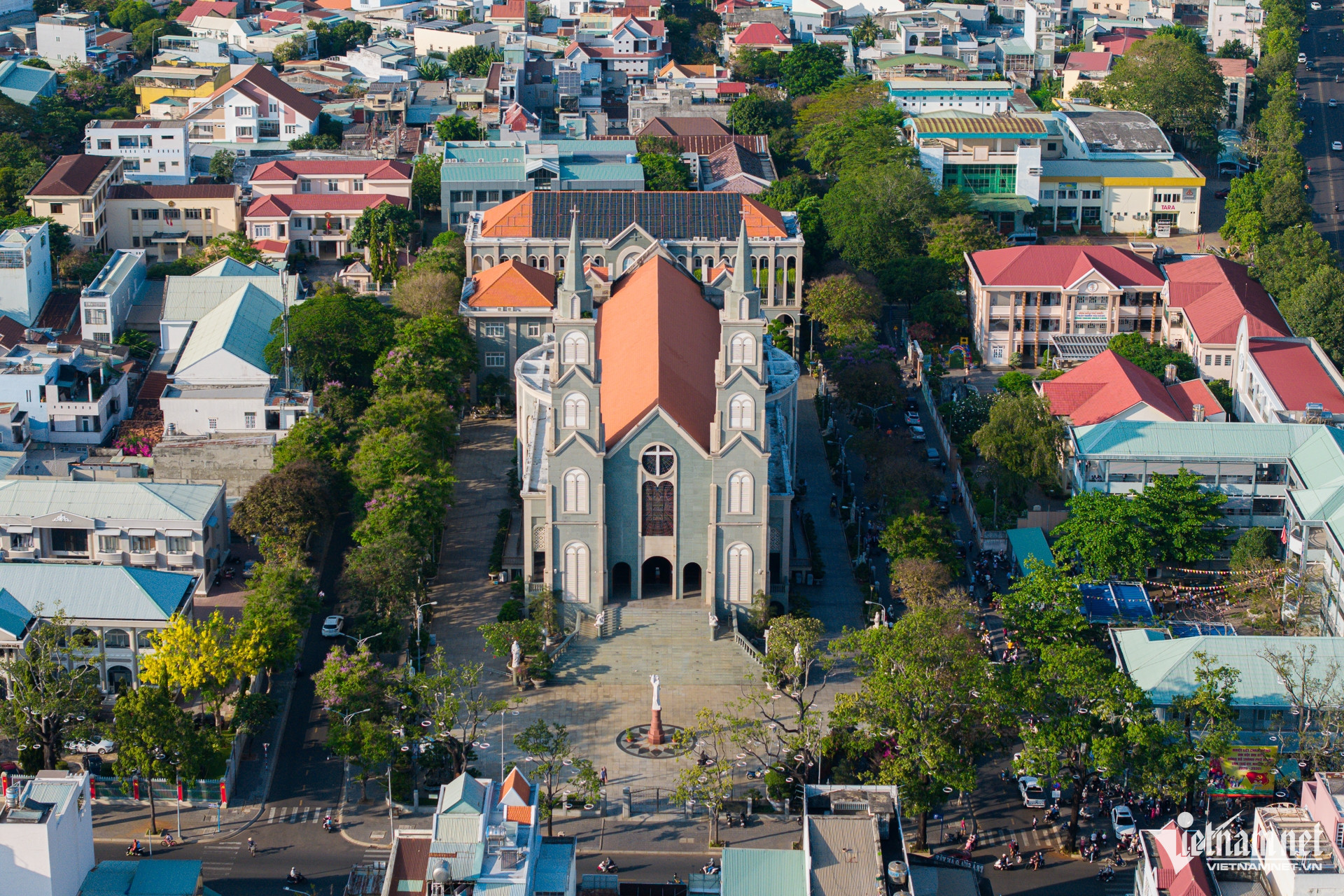
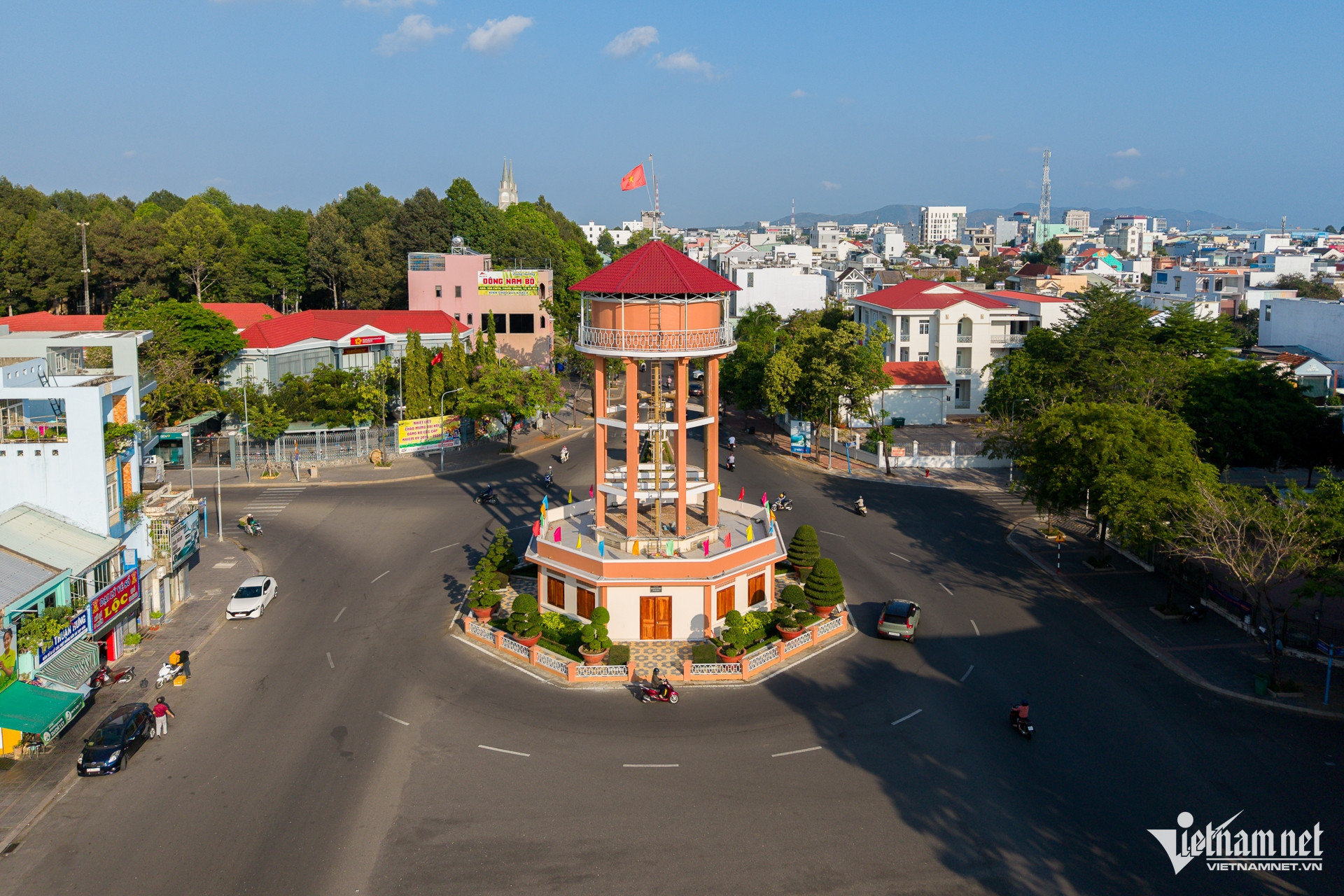
Nguyen Hue